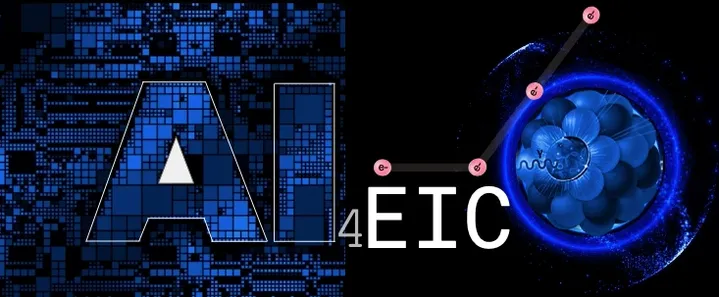Speaker
Description
Successful realization of EIC scientific program requires designing
and constructing high-performance particle detectors. Recent
developments in the field of scientific computing and increased
availability of high performance computing resources have made it
possible to perform optimization of multi-parameter designs, even when
the latter require longer computational times (for example simulations
of particle interactions with matter). Procedures involving
machine-assisted techniques used to inform the design decision have
seen a considerable growth in popularity among the EIC detector
community. Having already been realized for tracking and RICH PID
detectors, it has a potential application in calorimetry designs. A
SciGlass barrel calorimeter originally designed for EIC Detector-1 has
a semi-projective geometry that allows for non-trivial perfomance
gains, but also poses special challenges in the way of effective
exploration of the design space while satisfying the available space
and the cell dimension constraints together with the full detector
acceptance requirement. This talk will cover specific approaches
taken to perform this detector design optimization.

